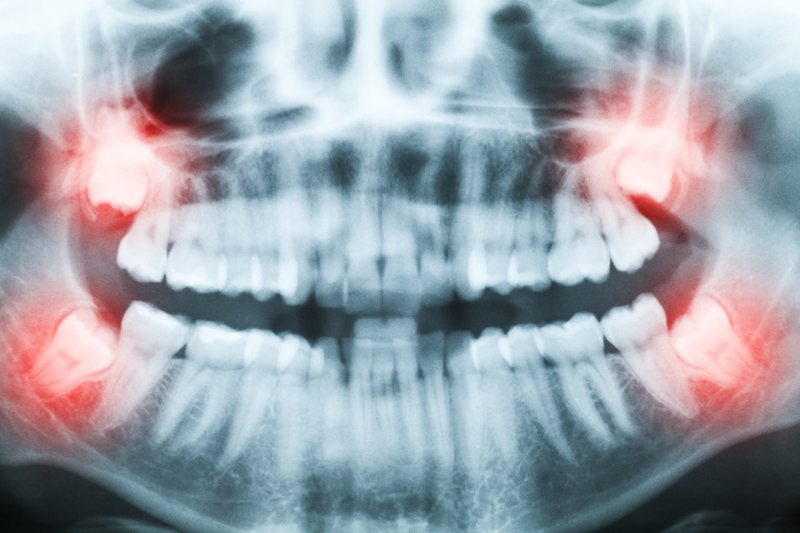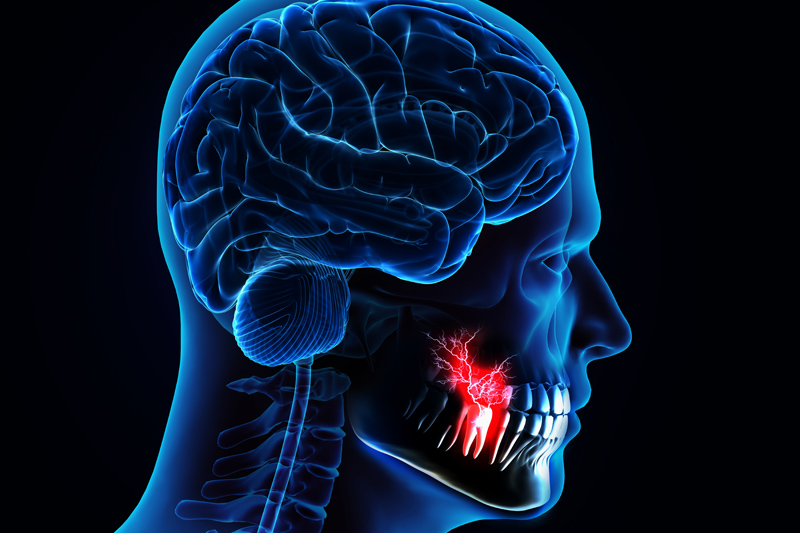
Dental Extractions
The extraction of teeth can range from very simple extractions to more complex surgical procedures. A tooth may need to be removed surgically if it is for example heavily decayed, broken, impacted or tilted. A surgical extraction may involve a cut into the gum around the tooth and sometimes the use of a surgical hand piece.
During extractions it is important to preserve bone wherever possible, particularly if implants are planned. In addition to a careful surgical technique, there are a number of ways we can do this:
• Piezosurgery – this surgical unit aids the removal of teeth while minimising the impact on the supporting bone
• Bone substitutes/membranes – these can be placed in/over the socket to encourage new bone formation
• PRGF – these concentrated growth factors are created using a small sample of the patients own blood and have been shown to reduce swelling and discomfort and encourage healing
At POS we are able to use a combination of the above techniques in order to preserve bone and socket integrity when necessary.
Both of our surgeons are vastly experienced in removing teeth in a gentle manner with the minimum fuss.
For more information visit www.baos.org.uk/patient-leaflets
Wisdom Teeth
Wisdom teeth are the third molar teeth and the last to emerge at the back of the mouth. Consequently, there is often a lack of space for them, which can result in problems such as infection, damage to adjacent teeth and sometimes cysts of the jawbone. Problematic wisdom teeth require removal.
The removal of wisdom teeth depends on the position of your tooth, if it is impacted and the way it is impacted. Some can be simple to remove however frequently a minor surgical procedure is required.
Prior to wisdom teeth removal, a cone beam CT scan may be required. This is a special type of 3-D x-ray. This helps define the position of adjacent structures, in particular a nerve, which supplies sensation (feeling not movement) to the lower lip, chin and teeth. In certain cases there is a small risk of damage to such nerves. Careful planning of these procedures helps minimise the risks.
At POS our surgeons have completed thousands of these procedures and you are in safe hands.
For more information visit www.baos.org.uk/patient-leaflets
Soft Tissue Procedures
At POS, in addition to surgery of the teeth and jaws, we are happy to carry out procedures involving the soft tissues of the mouth. A soft tissue procedure is one, which does not involve the teeth or bone. These include:
• Closure of oroantral (sinus) communications
• Frenectomies (division of tongue & lip ties)
• Pre-prosthetic surgery (oral soft tissue recontouring prior to wearing dentures)
• Excision/biopsy of non-urgent soft tissue lesions.
A biopsy or excision of a lesion is a procedure required to, either remove the whole lesion such as a small swelling or remove of a small piece of a larger lesion allowing us to investigate and diagnose the lesion.
The soft tissue removed will be sent to a laboratory where it is examined underneath a microscope. A report is then prepared, by the laboratory, regarding the nature of the lesion. We will discuss this report in full with yourself.
For more information visit www.baos.org.uk/patient-leaflets
Orthodontic Exposures/Extractions
As part of orthodontic treatment, teeth may require extraction or buried (impacted) teeth may need exposure (surgical uncovering).
If a tooth requires exposing the overlying tissues are surgically raised away from the tooth and some soft tissue and bone removal is carried out in order to expose the tooth adequately.
Both our Oral Surgeons have a specialist interest in surgery related to orthodontics and work closely with the orthodontic team at Royal Cornwall Hospital.
For more information visit www.baos.org.uk/patient-leaflets
Cysts of the Jaws
A cyst is a fluid-filled cavity, which can form for several reasons, including infection and tooth impaction. There are various types of jaw cysts and a number of treatment options depending on the type.
Sometimes the treatment of a cyst requires an additional minor surgical procedure to the root of a tooth – an apicectomy.
Occasionally we need to send the cyst tissue to a laboratory where it can be assessed under a microscope. This allows us to fully determine the type of cyst and the cause.
At POS we are happy to assess and provide treatment, as appropriate, for cysts of the jaws.
For more information visit www.baos.org.uk/patient-leaflets
TMJ Problems
The TMJs (temporo-mandibular joints) are the joints between the lower jaw and the skull. They are involved in the opening and closing of the mouth.
Temporo-mandibular Disease (TMD)/Myofacial pain is a common group of conditions affecting these joints, the associated muscles and the teeth. Symptoms vary from person to person and can include headaches, joint noise and locking, jaw clenching, pain in the neck and shoulders and earache.
At POS we can provide initial assessment, advice and non-surgical treatment for TMD/myofacial pain.
Treatment can also include acupuncture and the Cerezen device.
For more information visit www.baos.org.uk/patient-leaflets and www.cerezen.eu/uk/about-cerezen
Short Notice Appointments
We understand that sometimes you require assessment/treatment more urgently.
At POS we have provision to see patients at short notice and will always endeavour to treat such cases promptly.
Acupuncture
Acupuncture is a technique that has evolved over thousands of years. It is used by a range of medically trained practitioners, from anaesthetists to physiotherapists to dentists and can have an important role in treatment of patients.
Acupuncture may be used to treat dental related conditions such as muscle spasm, headaches, TMD, dry mouth, dental anxiety and sensitive gag reflex. It involves the insertion of very fine needles into the body and and though some patients describe the treatment as uncomfortable for many patients there is virtually no sensation at all.
For most dental treatments, acupuncture focuses on the head and neck area, on occasions needles may also be inserted into your hands. Sessions generally last up to 25 minutes. During your session, other dental treatment can be carried out. In these cases, acupuncture can be helpful to allow your dental treatment to be carried out, such as helping to reduce gagging or helping with dental anxiety.
Intravenous Sedation
Intravenous sedation is a form of conscious sedation. You therefore do not lose consciousness. It involves the controlled administration of a sedative medication called midazolam. This sedative brings about a general state of relaxation and is a very safe, predictable and effective way of reducing anxiety during oral surgery procedures. Recovery is usually quite short and patients rarely have feelings of nausea.
The sedative is given through a cannula, which is put into a vein usually in the back of your hand. You are monitored throughout by medical equipment, which records your pulse, blood oxygen levels and blood pressure. Only once you are properly sedated and relaxed will the operation begin. We will always give local anaesthetic to numb the area of surgery, as the sedation itself does not cause any numbness. After the operation a short recovery period is needed to allow the immediate effects of the sedation to wear of. Once you have sufficiently recovered you are allowed home. An escort will need to transport you home and care for you, for the following 24 hours. The effects of the sedative will be present for 24 hours.
For more information visit www.baos.org.uk/patient-leaflets












